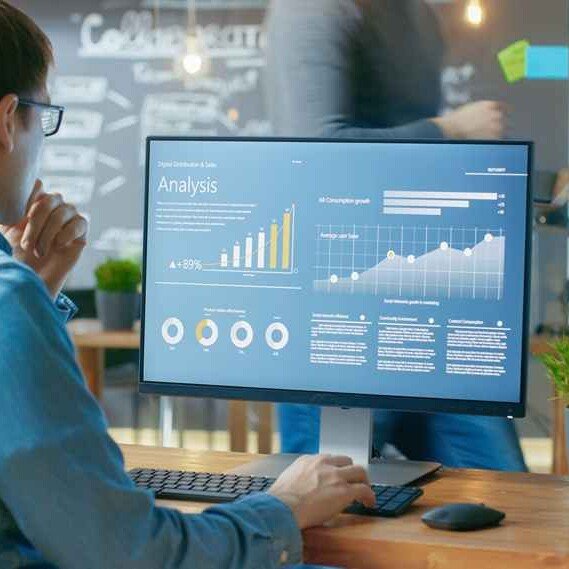Given the massive amount of data and its value in the health sector, it is of great importance to ensure the security of this information.
Health organizations must adopt recognized security practices to protect the patient information in their possession.
Here are some tips for protecting healthcare data against today’s threats.
1. Data regulations
Each area of the world has some form of health data regulation protecting the health information of citizens.
Organizations are to follow these guides by ensuring that their employees in charge of patient data comply with data regulations for data processing.
2. Employee training
Train and retrain employees in security awareness to equip them with the requisite knowledge necessary for making smart decisions and using appropriate caution when processing health data.
3. Access restriction
Not all staff need access to patient data or the details of patient data.
Access should only be on a need-to-know basis; e.g., some users can only access patient diagnoses, not the details of their medical history.
4. 2-factor authentication
To reinforce data protection, applications need to enforce the use of multiple authentications to access patient information, including the use of a password or PIN and unique biometric signatures like fingerprints and facial recognition.
5. Data usage controls
Protecting patient data goes beyond encryption and authentication measures, as authorized users, with or without mischievous intent, can engage in risky activities like copying data on a portable device, uploading the information to a webpage, etc.
Data controls help protect against these in real-time in many ways, including alerting authorities to the activity, giving a data safety warning, etc
6. Data logs and timestamps
Organizations can monitor the use of patient data by incorporating logs into their data management systems, identifying who accessed what information, from what location, with which device, what was done with the data, for how long, at what time, etc.
Logs are useful in data audits to point out incidents of concern.
7. Data encryption
This makes it ideally impossible for hackers to make sense of health data, even if they can access it.
The health data is encrypted into an unreadable format using a password or key, which is required to decrypt the information later when needed.
So far, hackers have no access to the decryption key; they cannot make sense of the data.
8. Mobile device security
Several healthcare solutions have a mobile counterpart, as they assist health professionals in accessing patient information on the go, among other things.
As mobile devices can be an entry point for attackers, users need to adopt advanced data security measures on their mobile devices, including the use of strong passwords, enabling remote data lock or wipe if the device gets stolen, added security for sensitive applications, e.g. email, enforcing software updates when available, preventing the installation of unverified applications, etc.
9. Data backup
Aside from unauthorized access to patient data, the integrity of health data can be compromised due to several technical errors.
To this end, organizations are to establish a secure offsite data backup routinely to safeguard patient information.
10. Risk assessments
Technology is progressive, and new software poses a security risk to older software.
Regular risk assessments help organizations stay up-to-date with data protection measures, identify security weak points in their applications, shortcomings in employee education, etc. with their use of technology in processing health data.
Obisesan Damola
Damola is a medical doctor who has worked in the Nigerian healthcare industry for a little over 3 years in a number of primary, secondary, and tertiary hospitals. He is interested in and writes about how technology is helping to shape the healthcare industry. He graduated from the College of Medicine, University of Ibadan, the foremost medical training institution in Nigeria.



